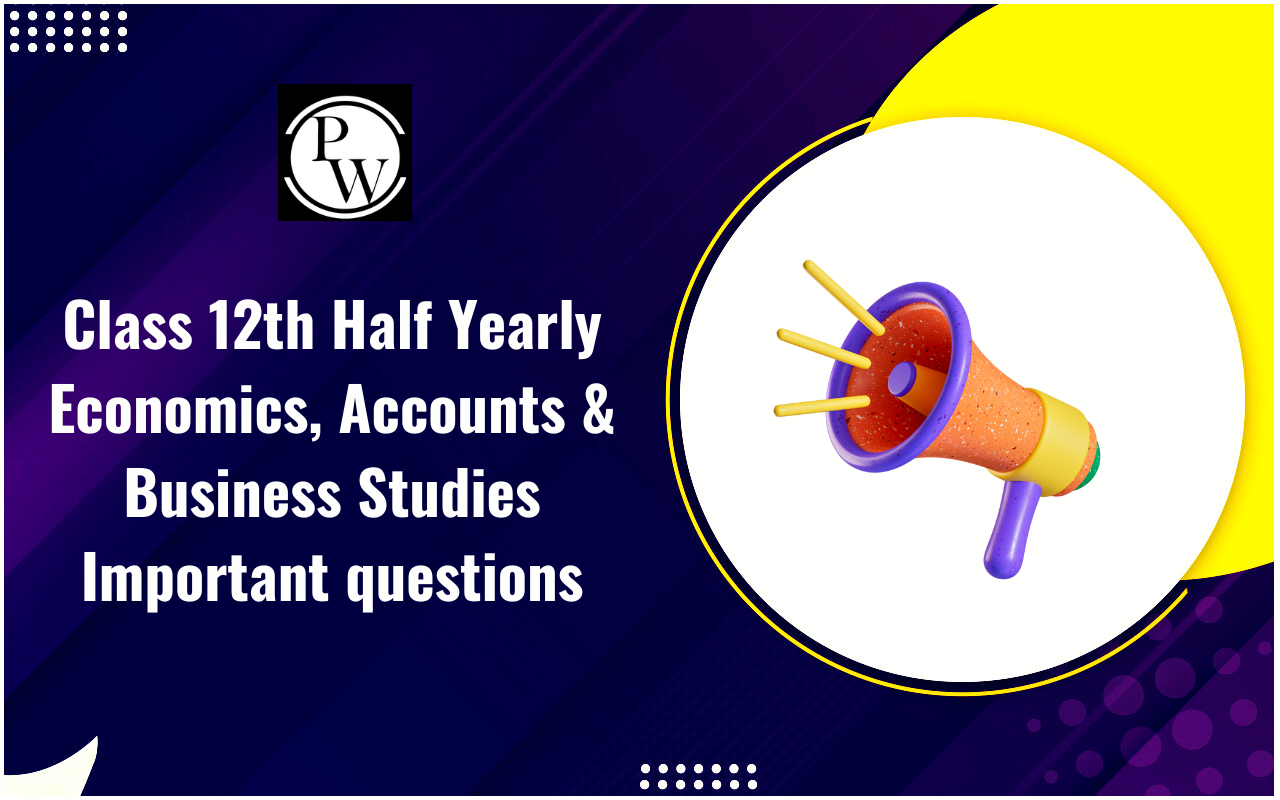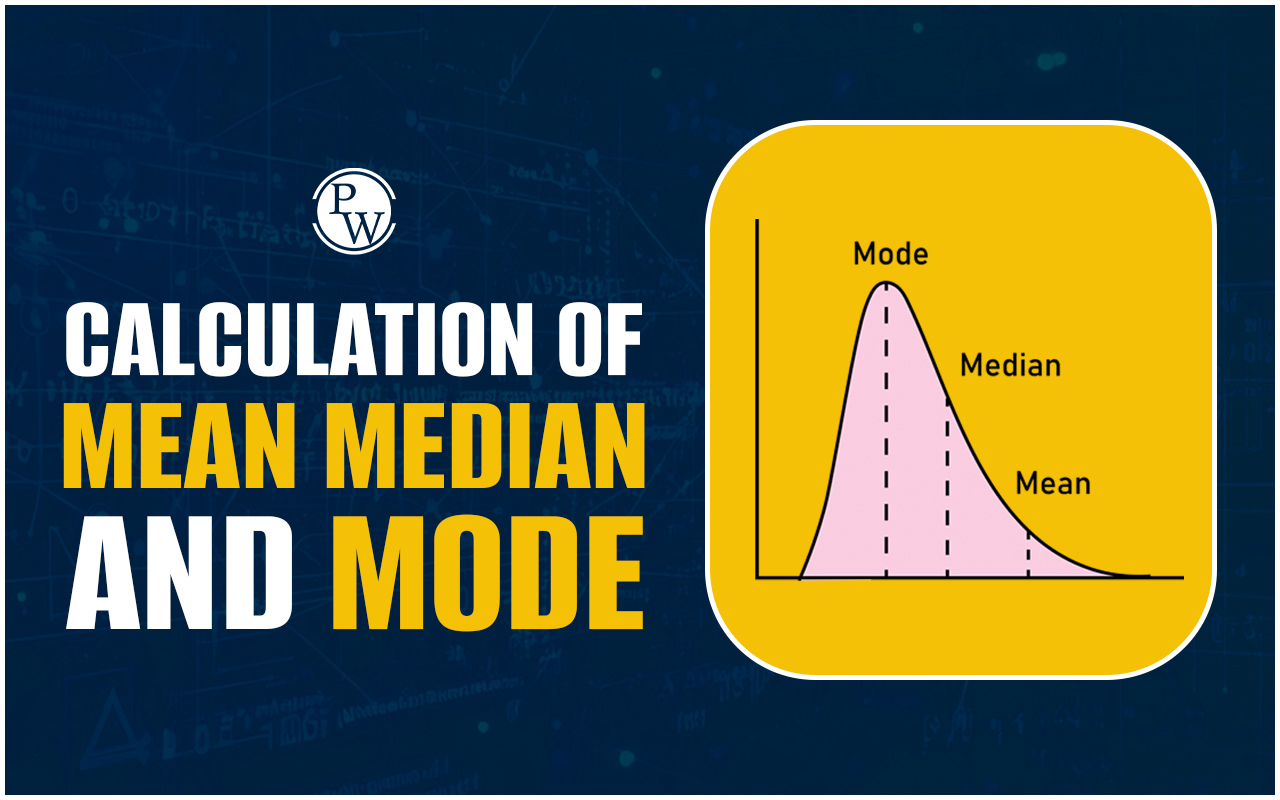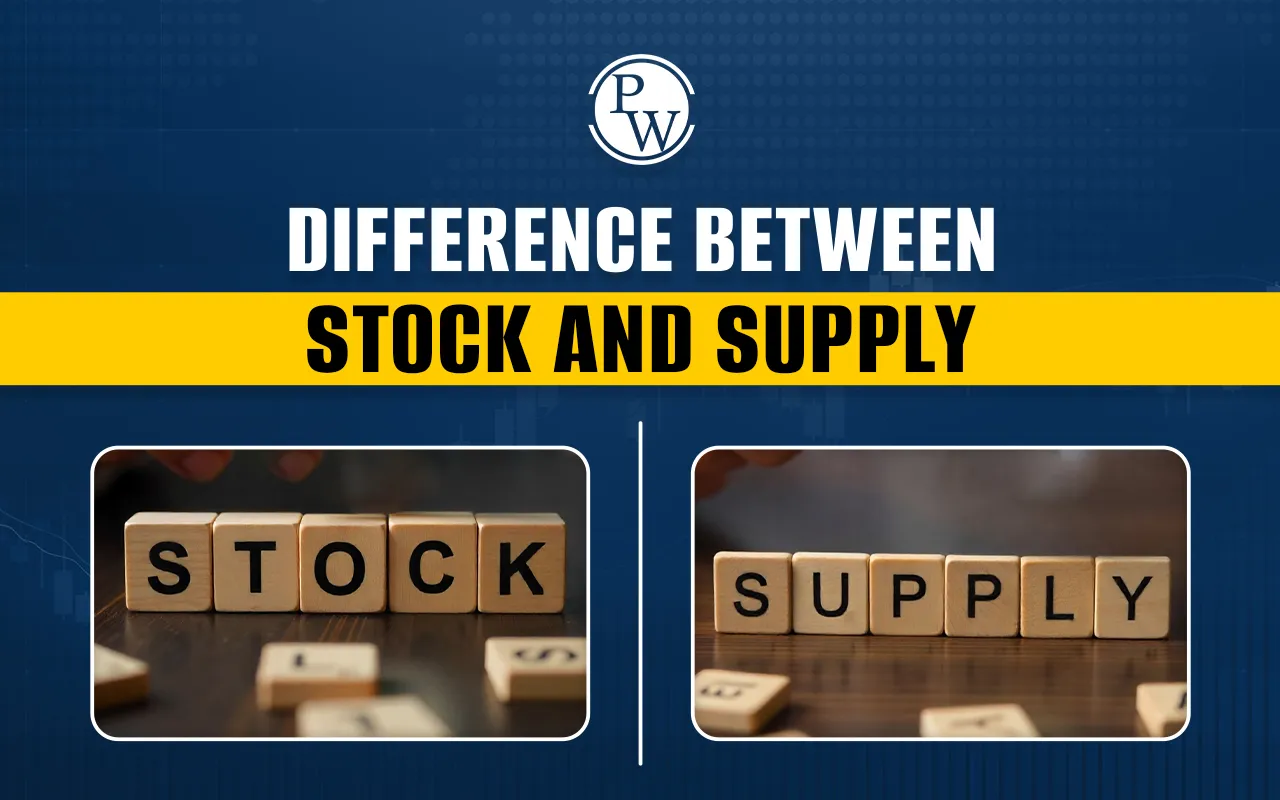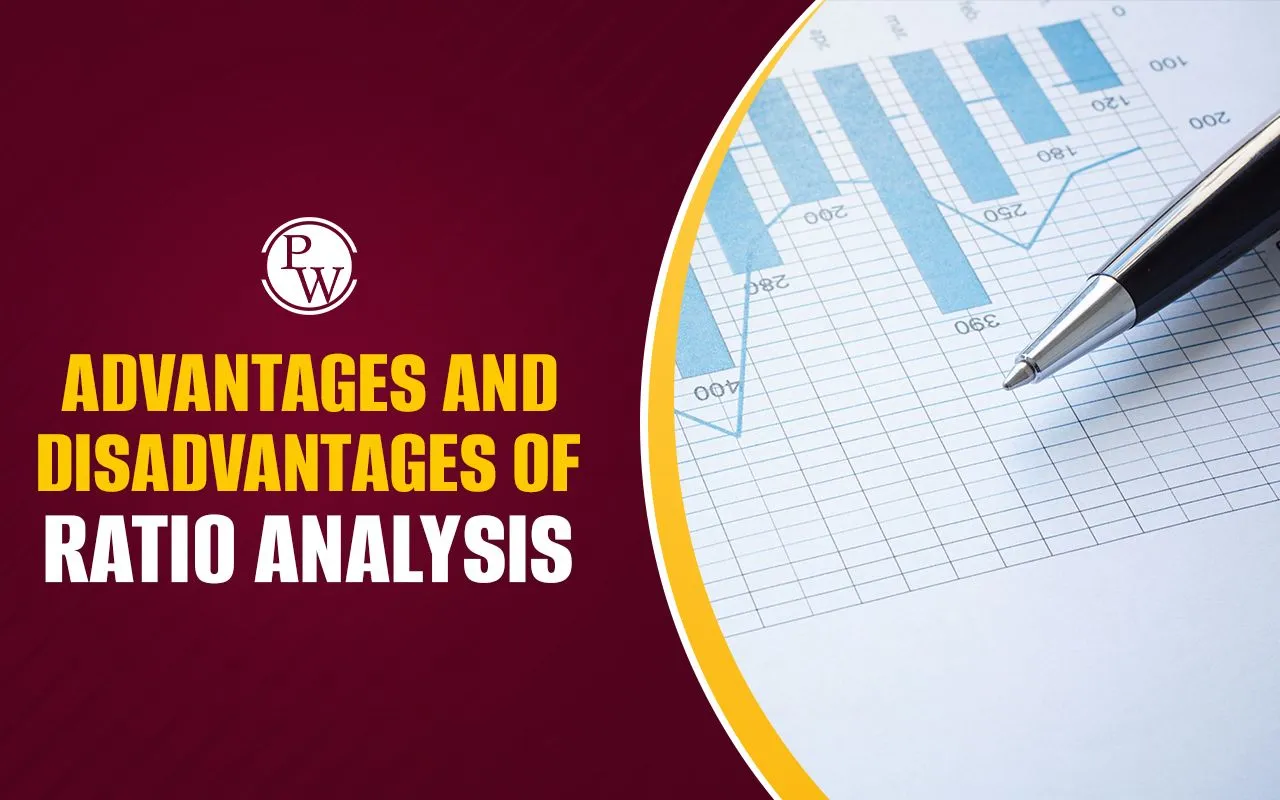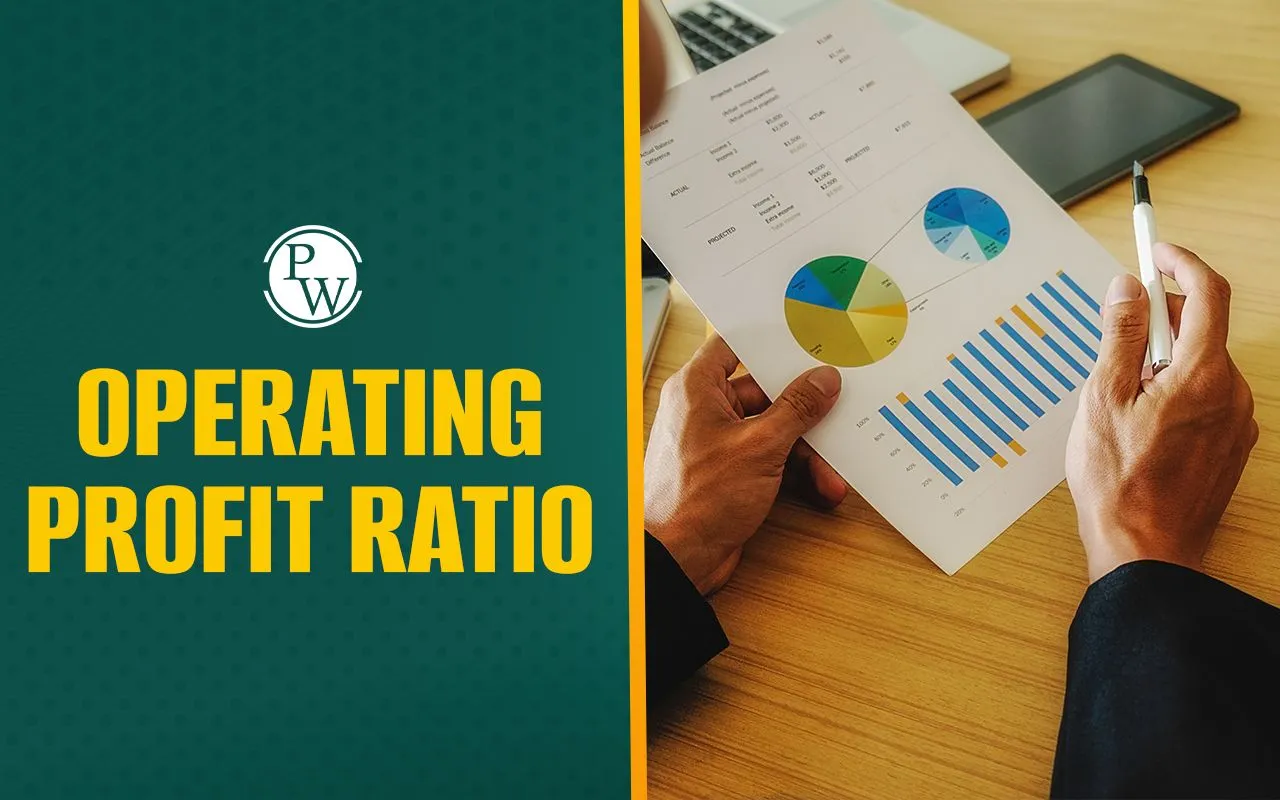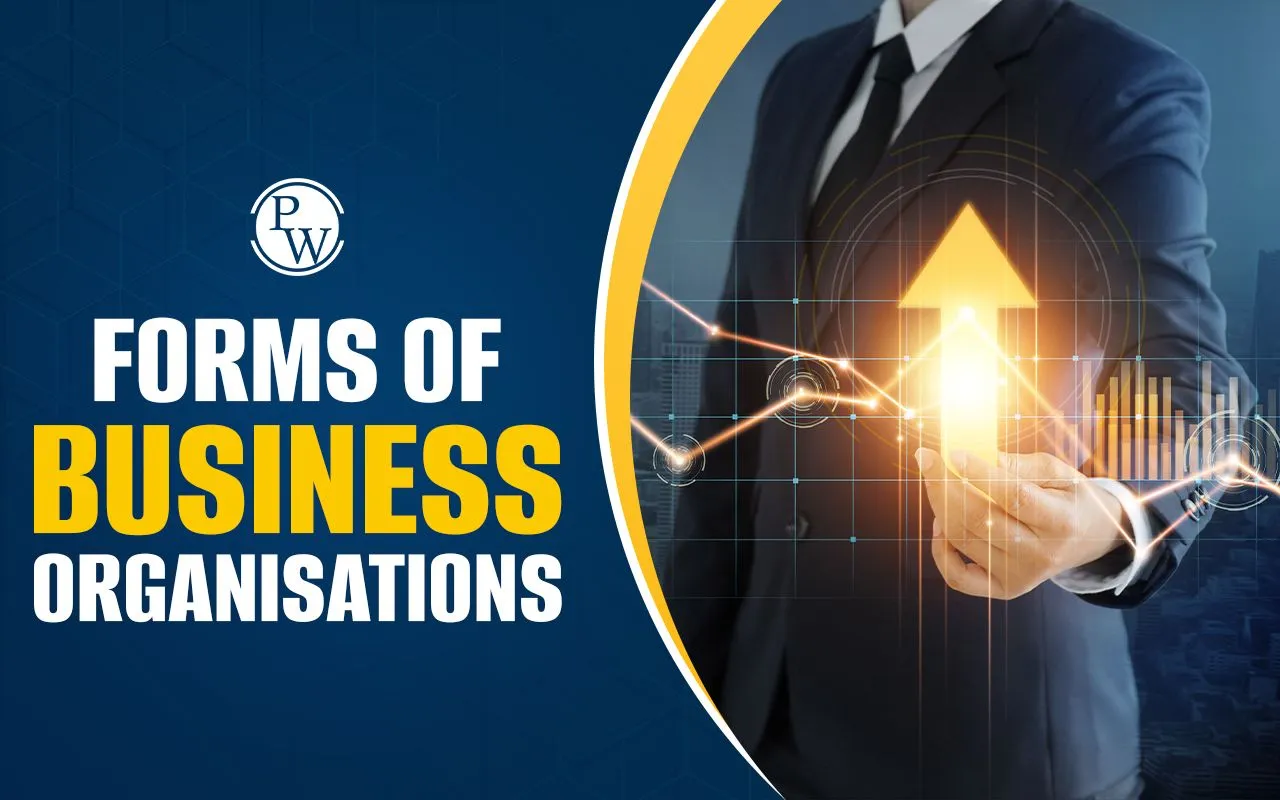

Control Process is regarded as one of the most important management functions. The absence of a control function renders the entire management function obsolete. Management will be unable to determine if the approach is working effectively or not or whether it is being applied properly.
The primary goal of the control process is to ensure that activities inside an organization are moving as planned. The control process assists managers in determining the level of performance of their specific businesses.What is the Control Process in Management?
The control process in management refers to a systematic approach employed by organizations to regulate and supervise their activities in alignment with predetermined goals and standards. It involves establishing performance benchmarks, continuously monitoring activities, comparing actual outcomes with the established benchmarks, and implementing corrective measures when deviations occur. This process facilitates the identification of inefficiencies and deviations, ensuring that the organization remains on course towards its objectives. It encompasses various stages, including setting performance standards, measuring performance, comparing results, and taking necessary actions to uphold the desired performance levels.Control Process Steps
In management, the control processes act as a guardian, ensuring that organizations stay on track towards their goals. It's like the GPS that keeps a car moving in the right direction, adjusting the route when needed. These processes involve a series of steps that help organizations monitor and manage their activities effectively.Steps in the Control Process:
- Establish Clear Performance Standards:
- Just like a recipe specifies the perfect amount of sugar for a cake, performance standards set clear expectations for organizational activities.
- Standards act as benchmarks, guiding the organization's efforts toward specific goals.
- Measure Actual Performance:
- This step involves collecting data on ongoing activities within the organization.
- The collected data provides a real-time snapshot of how things are progressing.
- Comparing actual performance to established standards reveals any deviations.
- Analyze the Results:
- Once data is gathered, it's time to assess the significance of any deviations.
- Small deviations might not be cause for concern, but significant ones could indicate problems.
- Analysis helps in understanding what's working well and where improvements are needed.
- Take Corrective Actions:
- When deviations exceed acceptable limits or threaten goals, corrective actions come into play.
- Just like adjusting the car's steering when it veers off course, organizations make necessary changes to get back on track.
- Corrective actions can involve modifying strategies, reallocating resources, or refining processes.
- Implement Feedback Loop:
- The control process isn't a one-time thing; it's an ongoing cycle.
- After taking corrective actions, it's important to monitor the results of those actions.
- This feedback loop helps determine if the fixes were effective and if any further adjustments are needed.
Types of Control Process in Management
Feedforward Control:
This anticipatory control mechanism focuses on identifying potential issues before they manifest. By scrutinizing inputs, processes, and external factors, organizations can proactively adjust strategies to avert deviations from desired outcomes.Concurrent Control:
Concurrent control operates in real-time, monitoring ongoing activities to ensure compliance with predetermined standards. This form of control enables prompt intervention when deviations are detected, facilitating the immediate rectification of course.Feedback Control:
Employing historical data, feedback control assesses past performance to gauge alignment with goals. By comparing actual results with intended outcomes, organizations can adjust their strategies and operations, ensuring continuous improvement.Strategic Control:
Strategic control centers on the alignment of long-term objectives with overall organizational direction. It involves evaluating whether the organization is progressing toward its strategic goals and adjusting plans to maintain strategic congruence.Operational Control:
Operational control delves into the day-to-day activities of an organization. It monitors processes, work procedures, and quality standards, ensuring that operations are conducted efficiently and in line with established norms.Financial Control:
Financial control pertains to the management of financial resources and expenditures. It involves budgeting, cost analysis, and financial reporting to ensure prudent financial management and sustainable growth.Quality Control:
Quality control safeguards product and service quality. By inspecting, testing, and evaluating outputs, organizations ensure that they meet predetermined quality standards, enhancing customer satisfaction and loyalty.Bureaucratic Control:
Bureaucratic control relies on standardized procedures and rules to manage activities. It emphasizes adherence to established protocols, promoting consistency and predictability in operations.Control Process Importance
The control process holds a pivotal role in this dynamic journey, providing several key benefits that contribute to an organization's success. Goal Attainment: Control mechanisms facilitate the attainment of organizational goals by systematically comparing actual performance with desired outcomes. This enables timely identification of deviations, allowing for corrective measures to be promptly initiated. Performance Enhancement: Through continuous monitoring, the control process identifies inefficiencies and bottlenecks within operations. Subsequently, remedial actions can be employed to optimize performance, bolstering productivity and efficiency. Resource Optimization: Effective control minimizes resource wastage by identifying instances of overutilization or underutilization. Decision Informedness: Accurate and timely information garnered from the control process provides management with a factual foundation for making informed decisions. Adaptation to Change: In the dynamic landscape of business, the control process aids in identifying shifts and trends. Organizations can proactively adapt their strategies to align with changing market conditions, thereby maintaining their competitive edge. Quality Management: The control process aids in upholding product and service quality. By scrutinizing performance metrics, organizations can detect deviations from quality standards and implement corrective actions, ensuring customer satisfaction. Employee Accountability: Clear control mechanisms establish accountability among employees. Knowing that their performance is being monitored encourages adherence to organizational policies and fosters a sense of responsibility. Performance Evaluation: The control process offers a structured framework for evaluating individual and team performance. This objective assessment serves as the basis for feedback, recognition, and professional development. Early Issue Identification: Rapid identification of anomalies and discrepancies allows for immediate intervention, mitigating the escalation of minor issues into substantial predicaments. Regulatory Compliance: Adherence to legal and industry-specific standards is paramount in regulated industries.Read Related Topics
Steps in Control Process FAQs
Ques1:- What are the steps in the control process? Ans:- The steps are establishing standards, measuring performance, analyzing results, taking corrective actions, and implementing a feedback loop. Ques2:- What is feedforward control? Ans:- Feedforward control anticipates potential issues and takes preventive measures before they occur. Ques3:- What is concurrent control? Ans:- Concurrent control monitors ongoing activities in real-time to ensure they adhere to standards. Ques4:- What is feedback control? Ans:- Feedback control assesses outcomes after they occur, helping refine future actions based on the results. Ques5:- What is financial control? Ans:- Financial control involves managing resources efficiently, budgeting, cost analysis, and financial reporting.What are the steps in the control process?
The steps are establishing standards, measuring performance, analyzing results, taking corrective actions, and implementing a feedback loop.
What is feedforward control?
Feedforward control anticipates potential issues and takes preventive measures before they occur.
What is concurrent control?
Concurrent control monitors ongoing activities in real-time to ensure they adhere to standards.
What is feedback control?
Feedback control assesses outcomes after they occur, helping refine future actions based on the results.
What is financial control?
Financial control involves managing resources efficiently, budgeting, cost analysis, and financial reporting.
Talk to a counsellorHave doubts? Our support team will be happy to assist you!

Free Learning Resources
PW Books
Notes (Class 10-12)
PW Study Materials
Notes (Class 6-9)
Ncert Solutions
Govt Exams
Class 6th to 12th Online Courses
Govt Job Exams Courses
UPSC Coaching
Defence Exam Coaching
Gate Exam Coaching
Other Exams
Know about Physics Wallah
Physics Wallah is an Indian edtech platform that provides accessible & comprehensive learning experiences to students from Class 6th to postgraduate level. We also provide extensive NCERT solutions, sample paper, NEET, JEE Mains, BITSAT previous year papers & more such resources to students. Physics Wallah also caters to over 3.5 million registered students and over 78 lakh+ Youtube subscribers with 4.8 rating on its app.
We Stand Out because
We provide students with intensive courses with India’s qualified & experienced faculties & mentors. PW strives to make the learning experience comprehensive and accessible for students of all sections of society. We believe in empowering every single student who couldn't dream of a good career in engineering and medical field earlier.
Our Key Focus Areas
Physics Wallah's main focus is to make the learning experience as economical as possible for all students. With our affordable courses like Lakshya, Udaan and Arjuna and many others, we have been able to provide a platform for lakhs of aspirants. From providing Chemistry, Maths, Physics formula to giving e-books of eminent authors like RD Sharma, RS Aggarwal and Lakhmir Singh, PW focuses on every single student's need for preparation.
What Makes Us Different
Physics Wallah strives to develop a comprehensive pedagogical structure for students, where they get a state-of-the-art learning experience with study material and resources. Apart from catering students preparing for JEE Mains and NEET, PW also provides study material for each state board like Uttar Pradesh, Bihar, and others
Copyright © 2025 Physicswallah Limited All rights reserved.



